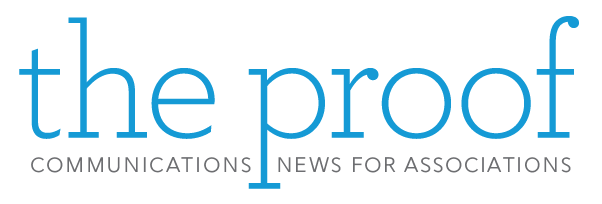 Association leaders are continually looking for ways to better serve members with enhanced events, new services, expanded networking opportunities, and professional education, but 2020 has changed the needs and expectations of members in ways that no one could anticipate.
Association leaders are continually looking for ways to better serve members with enhanced events, new services, expanded networking opportunities, and professional education, but 2020 has changed the needs and expectations of members in ways that no one could anticipate.
A recent study shows that while associations and their member companies scrambled to deal with working from home, virtual meetings, and revenue challenges, member engagement has risen throughout 2020. Younger members as well as Black and Hispanic members are more engaged than other groups and are more likely to value their association membership more highly.
One explanation for greater engagement by younger members is the move to virtual meetings, conferences, and educational events. Less experienced, younger members may not have the same ability to travel to events or leave their “office” for several hours during the day than more experienced members. The ability to join a one-hour webinar without leaving the office or incurring travel costs and time makes the event more accessible to all members.
Because of the uncertainty of the economy and business operations in many industries, the importance of some association benefits increased significantly over previous trends studies. Certifications and credentials is now the seventh most important benefit, which is five spots higher than previous years’ rankings. Training, which is always in the top 10 benefits, is see as the second most important benefit, with 48% of respondents ranking it high. Also ranking high in benefits are: online continuing education, 49%; help with career advancement, 37%; industry information 53%; and training, 48%.
Results of the changing member needs will see more association leaders investing in areas that may not have been considered a priority pre-COVID, including:
- 85% — virtual meetings and conferences
- 65% — online continuing education
- 33% — raising awareness of industry issues
- 32% — advocacy
- 24% — mentoring
- 18% — certifications
- 15% — job boards
To see the full report, click here.








